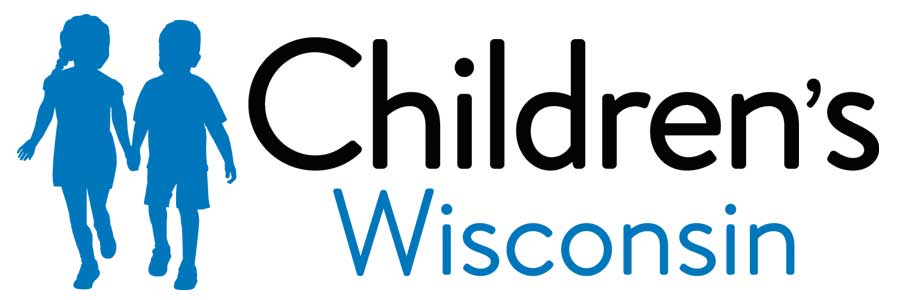Type1 diabetes facts for schools (1704)
Key points below
What is Type 1 Diabetes?
Blood sugar is made from the food we eat. Blood sugar, called glucose, gives energy to the body’s cells. Glucose uses a hormone called insulin to get into the cells. Insulin goes into the blood, and to the cells. When insulin gets to a cell, it lets glucose into the cell.
With type 1 diabetes, the body stops making insulin. Food still breaks down and glucose can get into the blood. Without insulin, glucose can’t go the cells. Instead, it builds up in the blood. Without glucose, the cells don’t get the energy they need. This causes weight loss, increased thirst and urination. Our bodies cannot live long without insulin.
What causes it?
The cause is not known. The genes that can increase the chance for Type 1 Diabetes can be inherited from parents. Even then, there is a trigger. A trigger causes the cells to stop making insulin. The trigger might be a virus or something in the environment. You don’t catch Type 1 Diabetes. It is not caused by eating candy or a person’s weight.
How do insulin and food work together?
Insulin lets food be used by the body. Insulin must be injected (a shot). Most often, 4 or more shots are needed each day. Children will most likely need insulin during school hours. School staff may need to help children with the insulin shots.
A balance of insulin and food is an important part of treating Type 1 Diabetes. The timing of insulin shots and eating food is important. The food and insulin must be in the body at the right time in order to work together. Food must be eaten in the right amounts at the right times. Having no food is very dangerous to someone who has Type 1 Diabetes.
What about blood sugar testing?
Blood sugar must be tested 4 to 6 times each day. This will tell if insulin and food are balanced. A test is normally needed right before breakfast, lunch, and dinner. Extra tests may be needed related to exercise. A test is also needed any time a child feels symptoms or shows signs of low blood sugar. School staff may need to help the child with blood sugar tests.
What safety precautions should be followed?
- A red sharps container must be available. It is used to dispose of needles that were used for insulin shots. It is also used for the lancets used for blood sugar testing.
- Any school staff that helps a child with shots or with blood sugar testing should wear gloves to avoid contact with the student’s blood.
Low blood sugar
If the blood sugar goes too low, the child needs food right away. This is an emergency and may become severe very quickly. Never leave a child alone if you think they are having a low blood sugar reaction.
Early signs:
- Shaky
- Crabby
- Wobbly
- Moody. Sad or crying for no reason
- Unable to pay attention
- Sleepy or Sluggish
- Sweaty
- Hungry
- Pale
Severe signs:
- Confusion
- Loss of consciousness
- Seizures
Immediate treatment: Low blood sugar is an emergency. The child needs to be given some food that will break down into sugar quickly. A good choice is 4 ounces (about ½ cup) of fruit juice. Avoid candy bars or ice cream because these do not break down into sugar quickly. A Glucagon Emergency Kit would be used only if the child lost consciousness or is unable to take treatment by mouth. If it is not possible to test the child’s blood and you think the child is having a low blood sugar, go ahead and give 4 ounces of juice. This will not harm the child even if the blood sugar is too high.
High blood sugar
When the blood sugar is too high, these signs may be seen:
- Thirsty
- Red face
- Crabby
- Hungry
- Urinating much more than normal
- Unable to pay attention
A high blood sugar is not an emergency unless the child is ill. Have the child drink plenty of water. Sometimes it is hard to tell if a child has low or high blood sugar. The only way to know for sure is to test their blood glucose level.
Supplies
Children with Type 1 Diabetes need to have easy access to blood testing supplies, food to treat low blood sugar, and snacks. Children may also need to take insulin or check their urine for ketones at school. Talk to the child’s parents to plan what supplies will be kept at school. You should also plan where the child will do procedures like insulin shots or blood testing while at school.
General advice
Children with Type 1 Diabetes need the same support, discipline and limits in school as any other child. Diabetes should not decrease school performance. Diabetes alone should not cause a child to miss school unless blood sugar is running too high or too low. It is helpful if a child wants to talk about diabetes with classmates. However, it is not good to force the child to do so. Children with diabetes are covered by Section 504 of the Americans with Disabilities Act. It is important to have a health care plan in place for each child with diabetes in your school.



